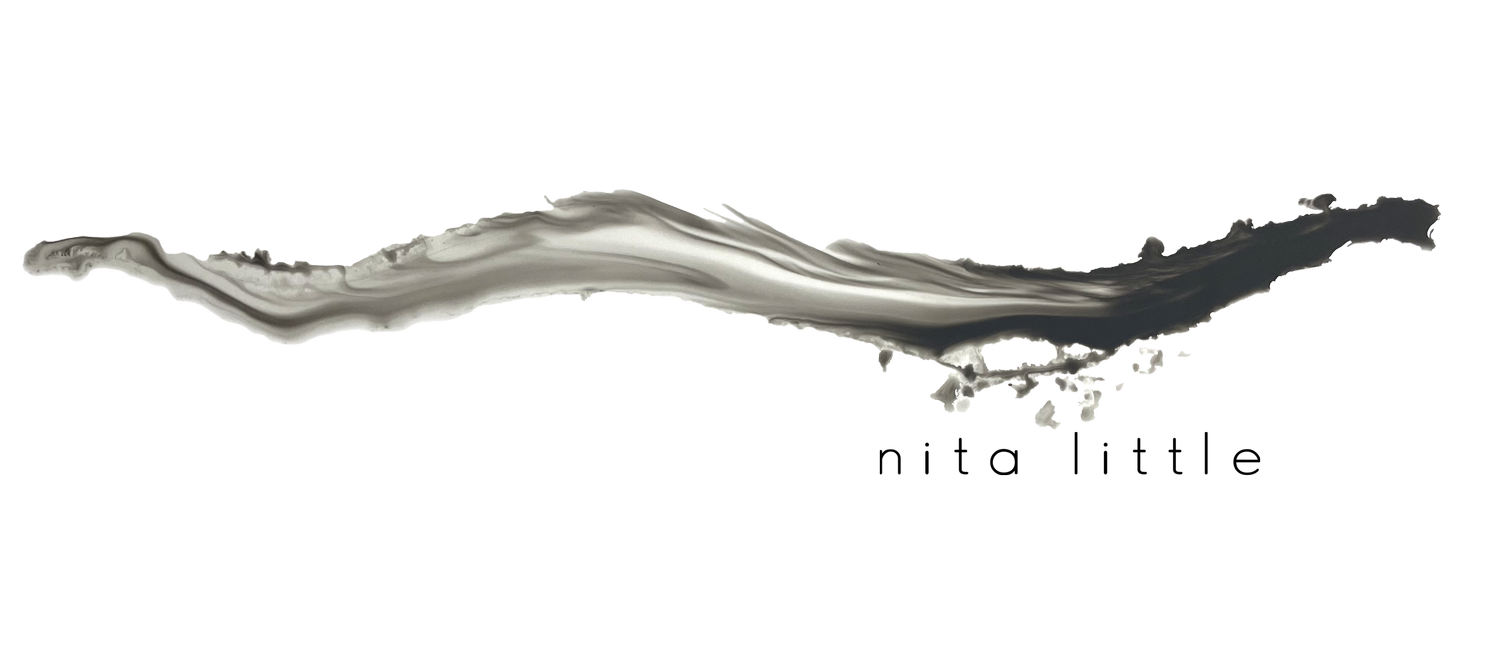December Asides
An Experiential Difference Between Co-Creation and Collaboration
A quick internet search will reveal that Co-Creation is a new concept that has taken over the business world as a model for corporate practices that include the “stakeholders” in the creative production of new products. It is also a model for bringing people together to make change of some order. I think these dreamers have not gone far enough. The issue I have is that in this model there is no essential difference between collaboration and co-creation. Co-creation simply means you bring folks together as in crowd sourcing … but then negotiation has to take place for something to be produced.
I am a contact improvisor. My base of knowledge comes from dynamic physical mental experiencing that is 50 years in the making. When contact improvisation first started, we understood what we were doing as a kind of negotiation. It was a move away from hierachical practices of manipulation. But when that happens, time becomes a significant hurdle. The back and forth of negotiation takes time that a dance that requires events of flow does not have. When I get together with another dancer, co-creation becomes a practice in which we have the opportunity to move within an unpremeditated creative event that happens within the immediate moment now: no negotiation. How does that happen? That potential is the basis for most of the work that I am currently engaged in, whether I am working within our somatic relations with the world, within contact improvisation, while developing relational intelligence and practices that generate joy, or thinking through creative practices that promote emergence for artists. Just think of how far from negotiation this statement from Ray Chung is, “Follow the one you lead!” Now, that action does not lead us to negotiate. Negotiation is built into the very fabric of the relationship. That is co-creation.
The Critical Relationship Between Co-Creation and Emergence:
Emergence is another phenomenon that the worlds of science and business are trying to unpack. How does emergence happen? When does it happen? On what level of being is it happening? Are all emergent phenomena equivalent?
Let me start by describing the difference between body language (slow, very slow physical communication on the level of gesture) and somatic communication (very fast, often instant communication on the level of peripheral intelligence and cellular exchange). Body language that is slow and chunky creates relations that can be slow and clunky, without the finesse of grace. These actions need interpretation which takes time. Alternatively, fast actions are reflexive or reactive, which are predetermined by preset interpretations and the result is again without specificity and refinement.
On the other hand, somatic communication happens on levels that are beneath interpretation. This relational practice happens in environments of trust, curiosity, and attentiveness, so that there is a preset fluidity of information without mediation. An example of somatic communication is the tactile flow that happens between Contact Improvisation partners moving in a mutuality of weight exchange without hesitation, and without following predetermined patterns of movement. Adjustments are made constantly, but they happen because the dancers’ bodies are thinking one another as one action, there is not the construction of boundaries made of flesh to move across in order to communicate. Neither are their ideas arising separate from one another’s partner. Ideas are arising within mille–seconds of exchange and simultaneously. What happens to the one, is happening to the other. This is co-creation. The emergent dance is of a very different order than the dance that arises as a result of chunky collaborative negotiations. Indeed, one of the definitions of emergence is that what emerges is of a different order altogether from the phenomenon of relations that allowed it to arise. Conclusion? The quality of our relations matters. It is determinative of the quality of the emergent phenomenon that can arise.
Excerpt from Nita Little’s Monthly Newsletter
